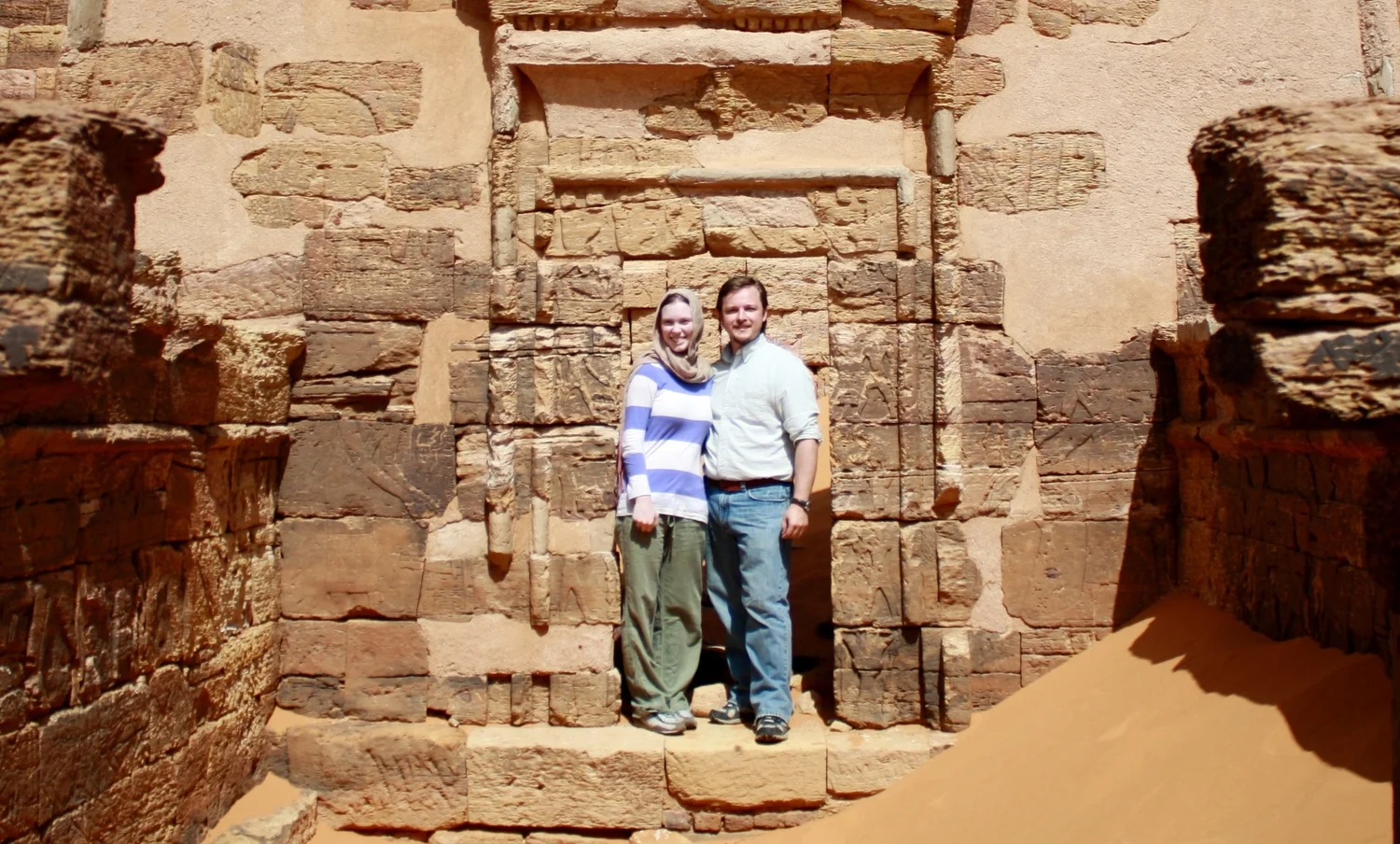Unknown craftsmen shaped each brick, each one formed with a different raised relief as the clay formed and hardened in the heat of fire. Then they glazed each one with vibrant colors and sent them into the fire again. Those twice baked bricks would be joined together in the palaces of ancient Babylon and Persia. 2500 years later Elise and I walked along side those massive relocated walls where they stand today in Paris.
I imagine walking through the great citadel of Susa in the high walls of Darius’ grand palace where Esther saw the bright and breathtaking sculpted masonry of warriors, mythic beasts and lions. Esther, the young girl seemingly out of place and time, stood beneath the open mouth of that same snarling lion unable to reconcile her world and her responsibilities. Serendipitously chosen to be King Xerxes’ bride, the daughter of an exiled people now stood as queen in the center of a global superpower that spanned the globe from India to Ethiopia (Esther 1.1; 2.17).
Susa was the administrative capital of the Persian Empire. People groups from across the kingdom lined the streets and filled the homes of that ancient global city. Each artist from India, every bricklayer from Africa and exile from Israel together made up the everyday reality of Susa.
All great cities are alike in this way. New York, Johannesburg, Paris and Dakar are all living cities dynamic with color, clashing with cultures, bursting and fusing; faces of every shade all designed by the same Divine hand, woven together in the city.
Each person on their own, each brick seen in isolation, would appear out of place, but seen as a whole, the great wall relief seen in its entirety becomes awe-inspiring. At first glance, Esther in the palace seemed out of place and time. Her place was on the streets below the palace in the sea of ordinary humanity. If only one could go back in time to the height of Solomon’s reign and a royal wedding of a royal daughter like Esther would have been a natural sight. Stand too close and Esther looks like a brick mislaid, a piece misplaced, on the frieze of God’s eternal plan.
How often do we fail to see what God is doing in our lives? The coincidences and circumstances blind us like a person standing too close to a majestic piece of art. Living in global cities can produce this feeling in us all. How can one person affect the whole? How can one person influence a nation? Ironically, the living city can leave a soul feeling empty and discarded, sightless and alone, an Esther in a palace.
There is a danger that in response to the damage of the city people will abandon it, retreating from her walls to the safety of the fields. We all need those times of rest, those times of retreat that help us see the stars covered by clouds, to look across the distance and see the skyline God created. For our family this season in the United States is a wonderful “drive in the country,” a chance to step back from the frenetic and beautiful calling to the urban unreached in Dakar. This time is like the paraphrased words of Mordecai, “Who knows if perhaps you were made for such a time as this?” (Esther 4.14). At the right distance, with fresh air in our lungs, the vision of what God is creating comes back into view and our zeal for His calling surges with new life.
Sometimes I know we can feel like those twice baked bricks that decorated the walls of Persian palaces. Burning trials and the heat of tribulation may scour our souls, but when the clay is solid, the glaze is strong and the brick is set and the generations to come will look back on our faith, as we look back on the faith of Esther, and say, “If I must die, I die; but I must go.” (Esther 4.16)
As we go into the global cities with His glorious salvation, into the highways and the hedges with His eternal proclamation, to every nation, language and people group another illustrative brick is set on the wall revealing Jesus the Lamb of God and Lion of Judah in His everlasting beauty before all creation (Revelation 5).







